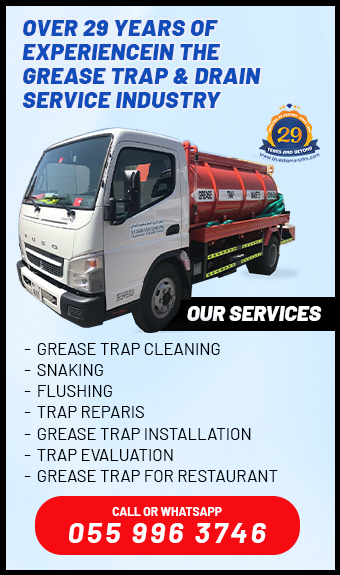Grease Trap Cleaning vs Enzyme Treatment: What’s Better for Your Kitchen Drainage?
Maintaining healthy kitchen drainage is more than a best practice—it’s a necessity for commercial kitchens in the UAE. Between strict municipal regulations and high FOG (Fats, Oils, and Grease) output, food service operators need reliable solutions to keep their drainage systems flowing. In this Grease Trap Cleaning vs Enzyme Treatment guide, we explore two widely used grease control methods, helping you decide which approach best suits your operation.
What is Grease Trap Cleaning?
Grease trap cleaning refers to the manual or mechanical removal of accumulated FOG from grease traps. These traps are typically installed under sinks or in floor pits and require regular maintenance to prevent overflow, foul odors, and blockages.
Key Features:
Physical removal of solidified grease and sludge
Performed every 1 to 4 weeks depending on usage
Required by Dubai Municipality and other UAE regulators
Typically includes documentation and FOG disposal manifest
Benefits:
Immediate removal of grease buildup
Ensures compliance with FOG waste regulations
Prevents clogs and plumbing damage

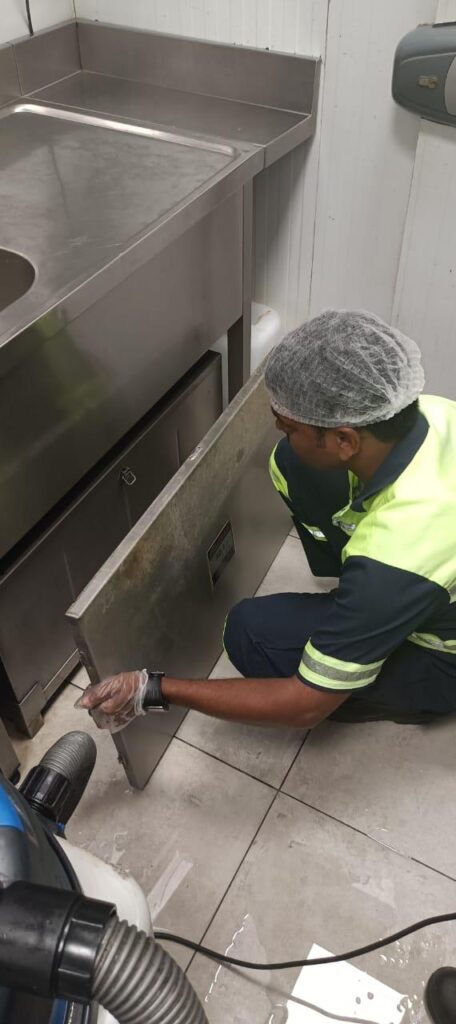
What is Enzyme Treatment for Grease Traps?
Enzyme treatment (also called biological dosing or bio-treatment) uses bacteria-based products that break down FOG into smaller compounds. These treatments are typically added via dosing pumps and help reduce FOG buildup between cleanings.
Key Features:
Continuous or timed dosing into the trap or drainage line
Helps liquify and degrade organic matter
Eco-friendly and odor-reducing
Benefits:
Maintains flow between cleanings
Reduces odor and surface buildup
Minimizes emergency cleaning calls
Grease Trap Cleaning vs Enzyme Treatment: Key Differences
Feature
-
-
Method
-
Frequency
-
Effectiveness
-
Compliance
-
Cost
Grease Trap Cleaning
-
Physical cleaning
-
Monthly or as required
-
High (removes solid buildup)
-
Required for inspections
-
Moderate to high per visit
Enzyme Treatment
-
Biological dosing
-
Daily or continuous
-
Moderate (prevents buildup)
-
Supplementary only
-
Low ongoing cost
Both methods serve different purposes. While grease trap cleaning is essential for regulatory compliance, enzyme grease removers support long-term FOG management and system efficiency.
When to Choose Grease Trap Cleaning
Grease trap cleaning is essential for:
Commercial kitchens with heavy oil use (e.g., fried food outlets)
Locations preparing for municipal inspections
Restaurants experiencing slow drainage or backups
Failure to perform regular cleaning can result in health violations, plumbing damage, or costly emergency repairs.

When to Use Enzyme Treatments (or Combine Them)
Enzyme treatments are ideal for:
Kitchens looking to extend the time between cleanings
Preventing odors from drainage areas
Supporting FOG management in high-use environments
While enzyme treatment alone is not sufficient for compliance, it works best when paired with routine grease trap maintenance.
Best Practice: Can You Use Both Together?
Yes—and it’s recommended. The most effective kitchen drainage solutions in the UAE combine:
Scheduled grease trap cleaning for compliance and system integrity
Daily enzyme dosing to control odors and surface accumulation
This hybrid approach ensures your restaurant remains operational, hygienic, and legally compliant.
Choose the Right Method for Your Kitchen’s Needs
In the debate of Grease Trap Cleaning vs Enzyme Treatment, the answer is rarely either-or. UAE restaurant operators should consider their kitchen’s output, inspection schedule, and plumbing design. For most, the smartest choice is to combine both methods—ensuring efficiency, cost control, and full grease trap compliance.
Consult with Blue Diamond Team to tailor a solution that fits your facility.
Most Frequently Asked Question
Grease trap cleaning physically removes grease buildup, while enzyme treatment biologically breaks down FOG to prevent accumulation.
No. Enzyme treatment supports but does not replace manual cleaning, which is required for compliance in the UAE.
Yes. Enzyme-based products are eco-friendly and safe for regular use in drainage systems.
Typically every 1 to 4 weeks, depending on kitchen output and local regulations.
No. Municipality guidelines require physical grease trap cleaning and documentation; enzymes are supplementary.
A combination of regular grease trap cleaning and daily enzyme dosing is the most effective strategy.
Our Services
Our step-by-step guide simplifies the cleaning process, ensuring a hassle-free experience while keeping your traps clean.
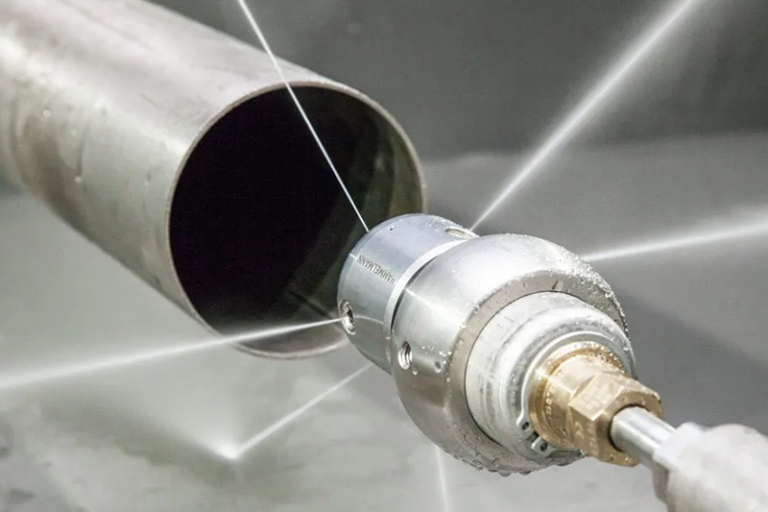
Drain Line Jetting
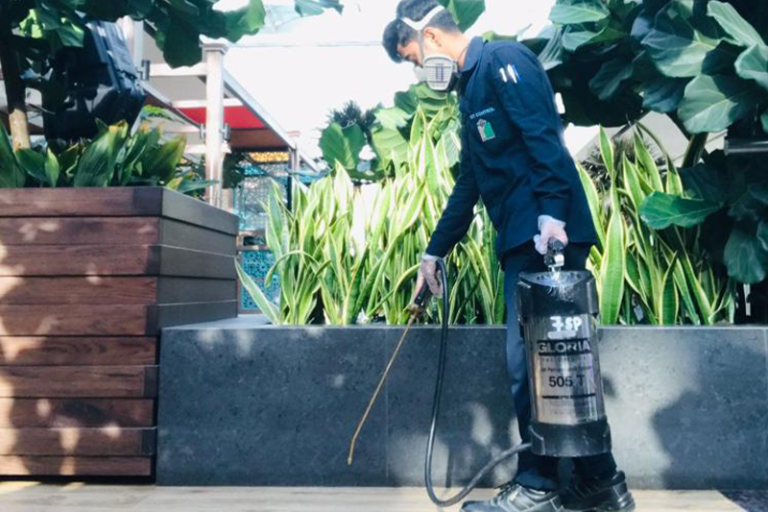
Pest Control Service
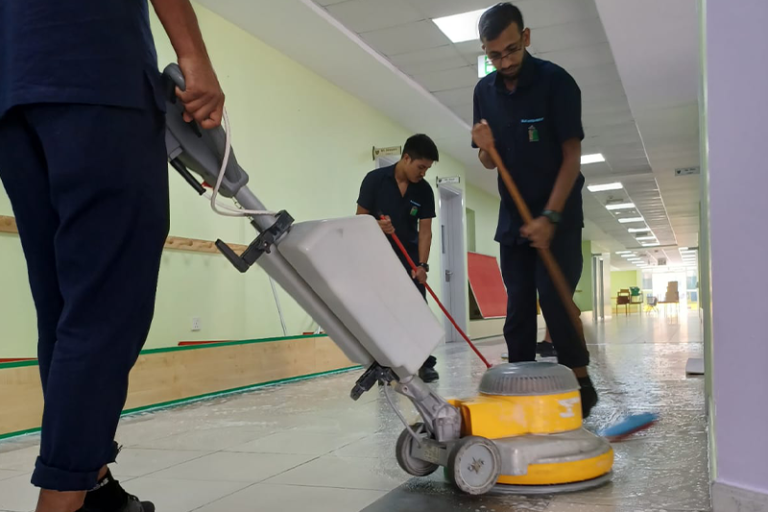
Deep Cleaning
business
Our Working Process
Let’s start the journey towards success and enhance revenue for your business. Take your company to the next level.
Book An Appointment Today
Blue Diamond would like to hear from you. if you have business inquiries. Get in touch with us.





